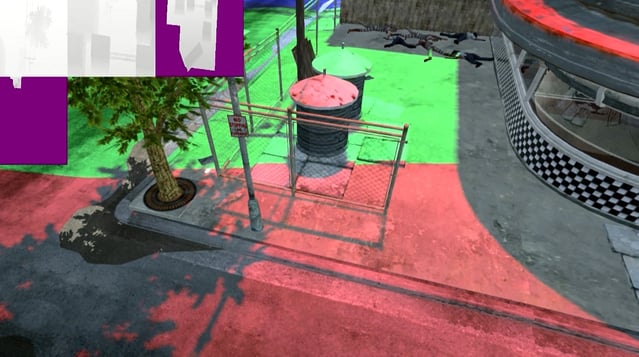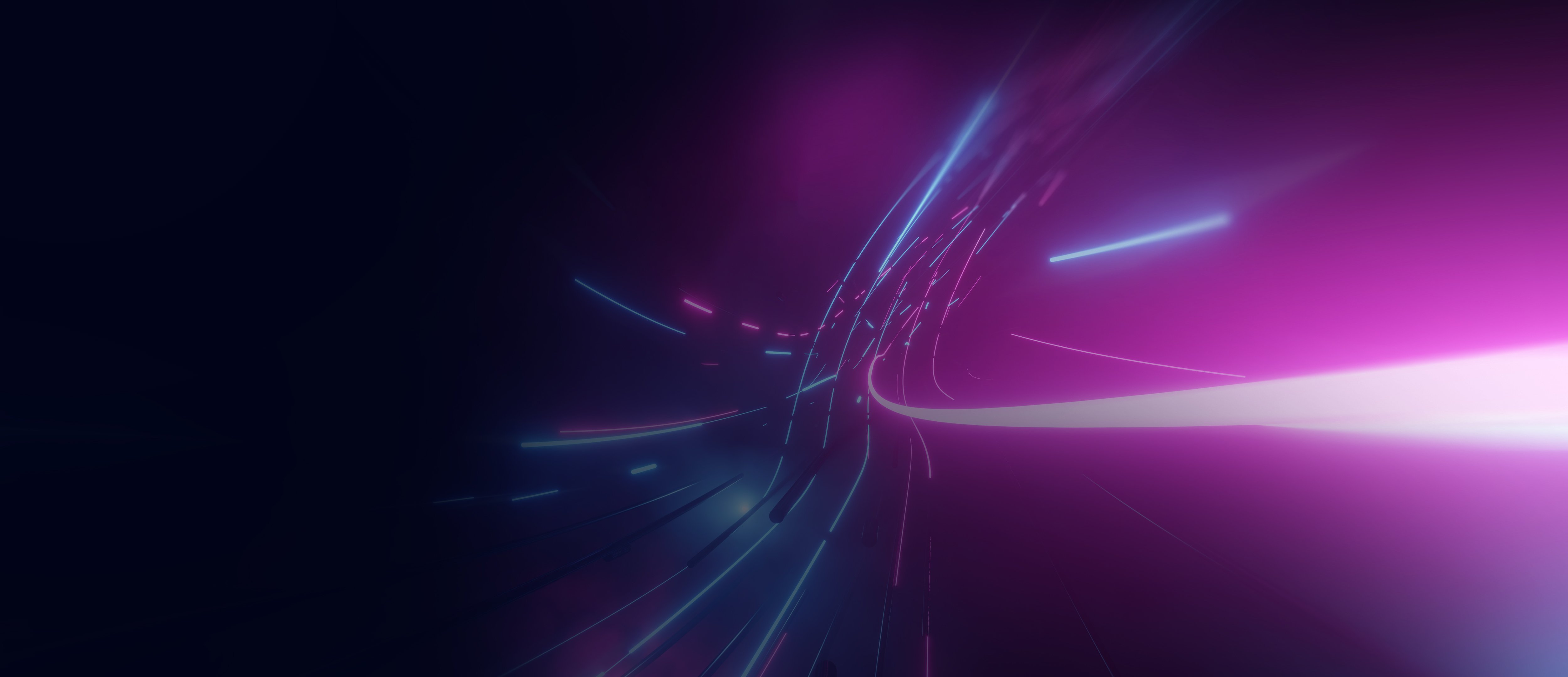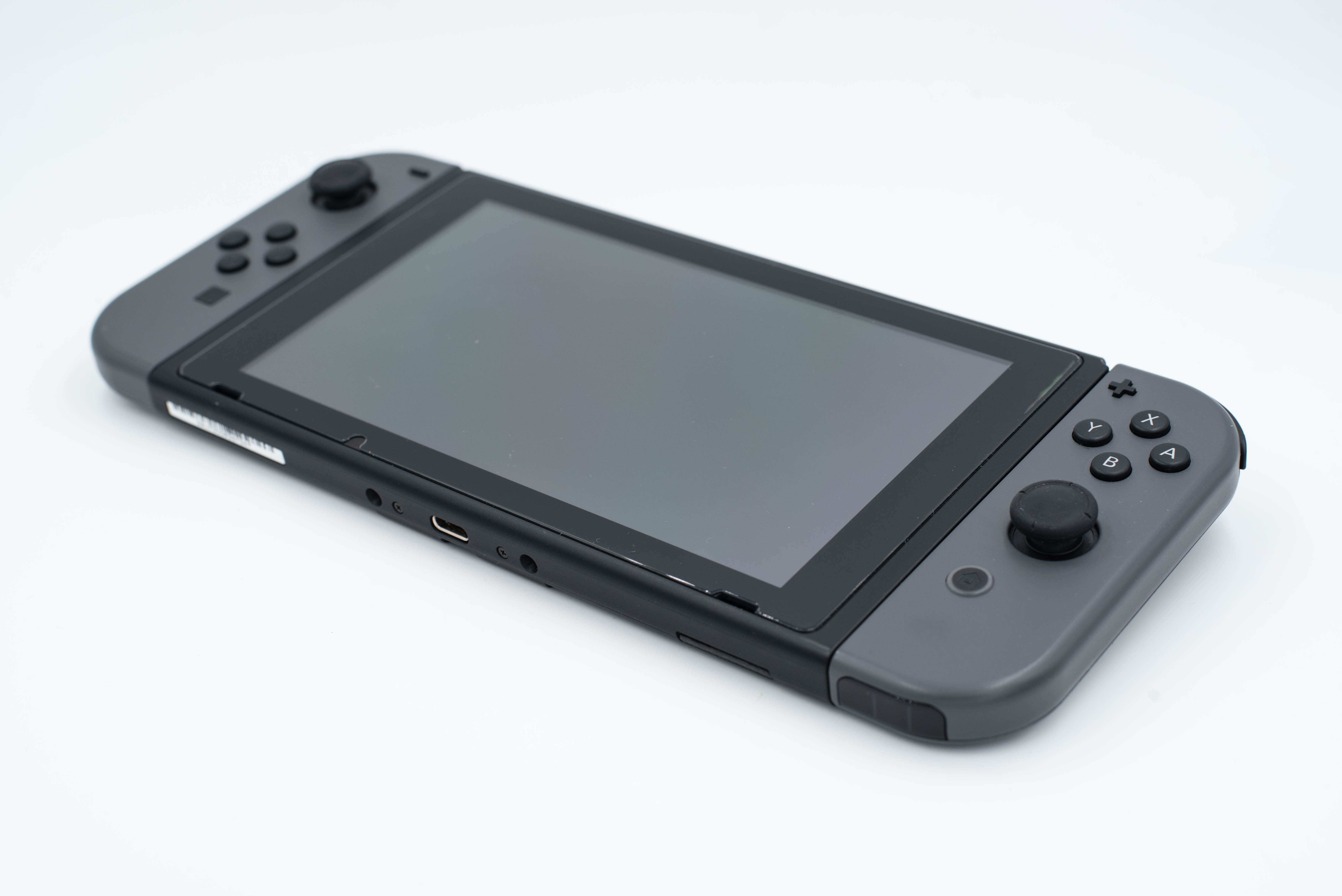- 22 February 2016
- Imagination Technologies
Mobile World Congress in Barcelona has served as a launchpad for some of the most exciting innovations in graphics technologies from Imagination. In 2014 we disclosed the in-depth architectural details for the PowerVR GX6650 GPU and the way we’ve designed its 192 ALU cores while 2015 saw the introduction of PowerVR GT7900, a super-GPU aimed at game consoles and laptops.
2016 is set to be another great year for mobile graphics. We kicked things off with a bang at CES in Las Vegas where we showed the PowerVR Wizard ray tracing architecture integrated on an ultra-low power PCIe board; this earned us the Best of 2016 CES award from Tom’s Hardware for most promising graphics technology.
This week at MWC we’re unveiling a number of exclusive real-time ray tracing applications running on the quad-cluster PowerVR GR6500 GPU. This energy and area efficient graphics processor is designed to fit comfortably inside a smartphone or tablet chip but can also scale to multi-core, multi-cluster configurations that would power a desktop PC or game console.
Zombie takeover
The first scene features a deserted city where the zombies take over once nightfall sets. We’re using an experimental version of the Unity 5 game engine that features support for the PowerVR Ray Tracing technology.
In the clip embedded above, we’re showing how the PowerVR GR6500 GPU can easily cope with fully dynamic geometry. This is because the PowerVR Wizard architecture features a dedicated scene hierarchy generator that receives data directly from the shading output. The Unity engine performs dynamic skinning to animate the zombies using a vertex shader, and then the vertex positions are fed into the scene hierarchy generator to assemble the scene acceleration structure in real-time.
The below screenshots are taken from the same scene and highlight what ray traced reflections can add to a traditional rasterized game using a technique called hybrid ray tracing rendering.

Monster truck madness
This is a fun (and very addictive) little game Will Anielewicz knocked together using the same ray tracing-powered version of the Unity 5 engine. Look closely and you will see one of the gnomes from the Vulkan demo tied to the front of the truck!
See these demos at #MWC16 and #GDC16
If you’re in Barcelona and would like to experience these demonstrations live, visit our stand in Hall 6, booth 6E30 at the Fira Gran Via conventer center.

For those attending GDC 2016 in San Francisco, we will be showing our full set of PowerVR Ray Tracing technologies next month.
Make sure you follow us on Twitter (@ImaginationTech) to get the latest news and announcements from the PowerVR community.







